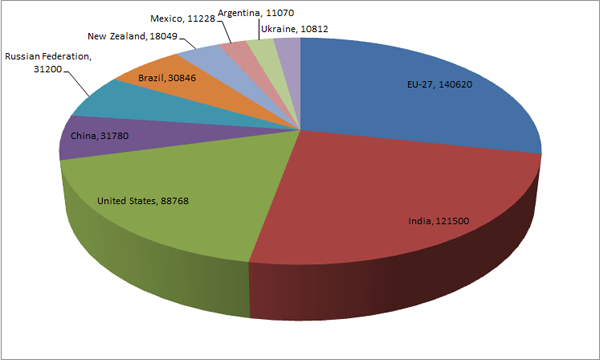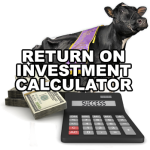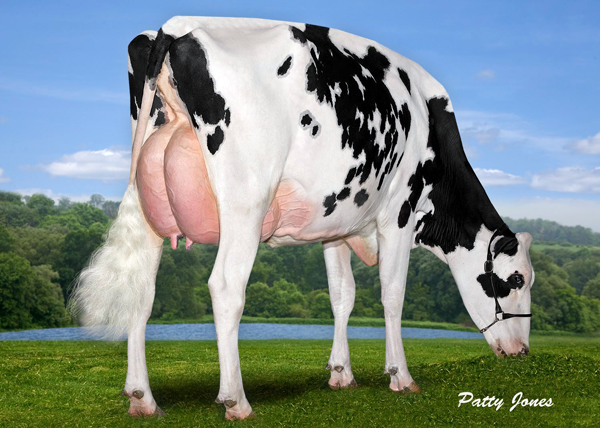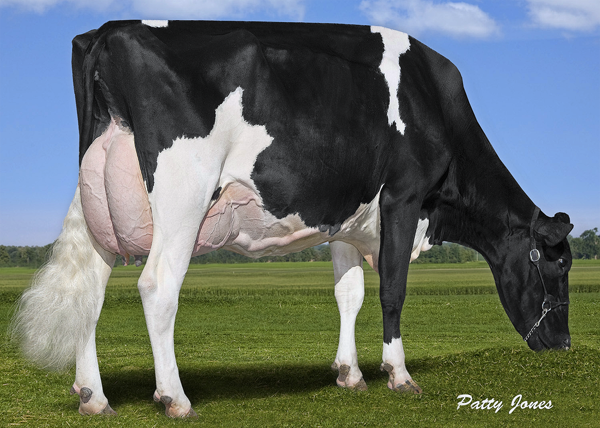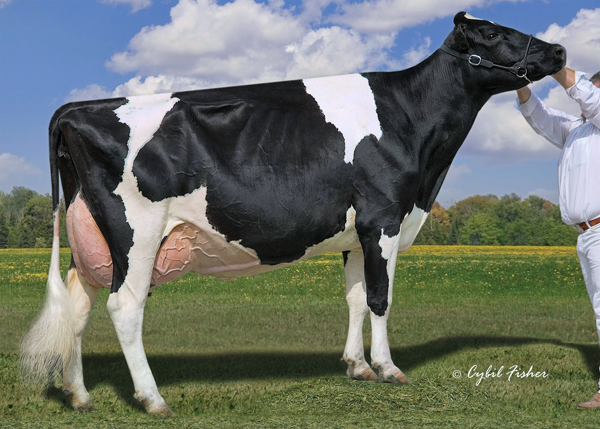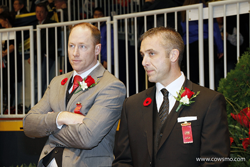Many Holstein cows have made their mark on history. In October, household name, Rainyridge Talent Barbara joined that list and many were sad to hear of her passing. Barbara was a great example of show type and production in one great package. (Read more – Show Cows – All Type and No Action) Her most recent owners, River Valley Dairy, posted this tribute: “We congratulate her breeders and those that have worked over the years to develop her. Her legacy as the foundation of River Valley’s Holstein program will hopefully live on for generations through her Goldwyn daughters that will be born in April.” Join us as we look back at this great cow.
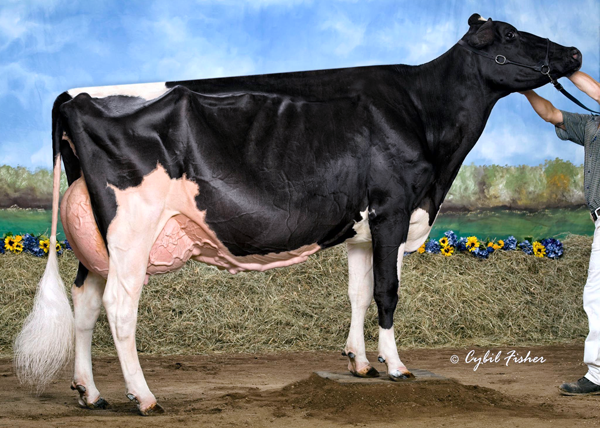
RAINYRIDGE TALENT BARBARA EX-94-CAN EX-95-5YR-USA
Talent Barbara’s Pedigree Ranks Excellent for Four Generations
Barbara was bred for strong type from the Rainyridge Tony Beauty family and she was from a strong sire stack: Talent x Outside x Milan x Tony. She is the fourth generation of Excellent. Steven Boerchers of Rainyridge Holsteins and Optimal Genetics, admits to the thrill of riding the popularity wave of Rainyridge Tony Beauty but adds, “Other than breeding Beauty, we had no direct involvement with her success.” He goes on to note that this changed with the arrival of Barbara. “This time we could really take credit in her achievements. You never anticipate something like that happening twice. It is a testament to the family.” (Read more about Beauty – The 8 Greatest North American Show Cows of All-Time)
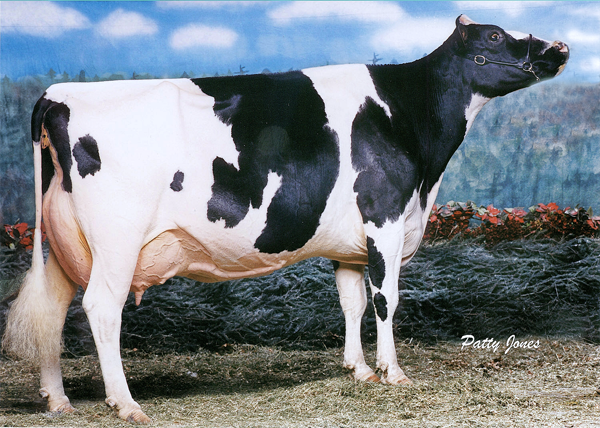
RAINYRIDGE TONY BEAUTY EX-5E-CAN 9* – 3rd dam of Barbara
Talent Barbara’s Got Show Appeal
Several owners have shared in the successes of Talent Barbara outlined in the following list.
- 2011 Honorable Mention All-American Aged Cow
- 2010 Unanimous, All-American 5-Year-Old
- 2010 Unanimous All-Canadian 5-Year-Old
- 2010 First, 5-Year-Old, International Holstein Show, World Dairy Expo
- 2010 First, 5-Year-Old, 2010 Royal Winter Fair
- 2008 Nominated, All-American Jr. 3-Year-Old
- 2008 Nominated All-Canadian Jr. 3-Year-Old
Undoubtedly, there would have been many memorable moments on this tremendous path of achievements. Steven Boerchers feels that the most memorable experience for Rainyridge Holsteins was not a singular event. ”My greatest achievement with Barbara was after Madison in 2008 and came in two parts. We were 5th in the Jr. 3-Year-Old class, with me on the halter and came out of nowhere and we got noticed. Anyone will tell you that is a great achievement. Right after Expo we were at the Westerner Championship in Red Deer and we won our class but had to go into Intermediate Champion against Eastside Lewisdale Gold Missy, who at that time was 1st Jr. 2-Year-Old from Madison and had a lot of hype behind her. We beat her for Intermediate Champion that day and we were the crowd favorite too! That was my proudest moment with Barbara.”
The second part of the story happened two years later. “In 2010 in the Championship class at Madison everybody talked about how great she looked in the ring and suddenly we got sent to the rail. I remember hearing silence and also sighs of relief from competitors beside me in the ring and gasps of disbelief in the air. After that she was the most talked about cow in the barns but in the best way any cow not in the top 3 of Madison could be talked about. I will never forget that.” A tribute given by the breeder who worked with Barbara and recognized the respect she was earning.
Talent Barbara Has Outstanding Production Power
The following records show that Rainyridge Talent Barbara proved that she was more than just a show winner.
- 2-05 (298D) 11,213 4.1%F 3.2% P BCA 267-295-268 +65 +94 +66
- 3-04 (305D) 13,762 3.6% F 3.2% P BCA 308 298 303 +111 +110 +105
Talent Barbara’s Got Great Classification
The following list of classification results for Barbara shows that she just kept getting better with age.
- 2-06 VG86
- 3-01 VG 88
- 3-09 VG 89
- 5-01 EX 93
- 5-04 EX 94
- 5-07 EX 95
Barbara the Brood Cow is Off to a Great Start
Barbara already has six VG daughters in Canada. David Jordan, marketing manager at River Valley Dairy gives this update. “We have 6 Goldwyn daughters coming in April and are very excited about the potential of that mating.”
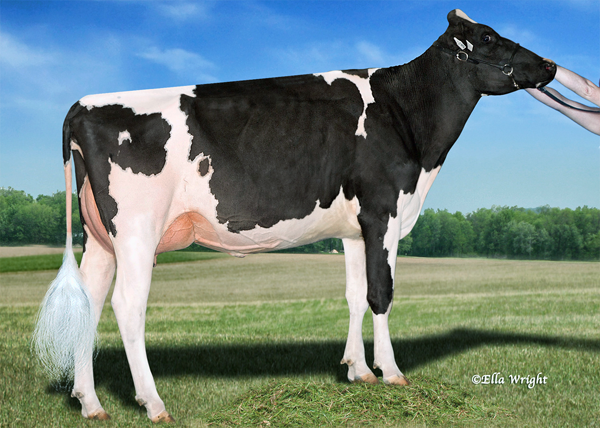
RAVENBROOK SHAQUILLE BUNNY VG-87-2YR-CAN – daughter of Barbara
Barbara Sets Herself Apart as an Attention Getter
Steven Boercher describes what made Barbara a household name. “Barbara had all the things any marketer wanted in 2008 when she was nominated All-Canadian and All-American as a Jr 3. Her pedigree, RC status, high conventional LPI and nominations both sides of the border made her very easy to market. It was not really until the genomic era came full term that this show cow proved she could produce offspring in both the show and the genomic world. That is what really set her apart from many other cow families. He goes on speaking in cowman terms, “She was such a respected cow because she looked the same day-in and day-out, hair up or hair down in the wash rack or in the pack. She made great looking calves that now are great cows. She was a very strong transmitter of her red gene and she could pass high genomic numbers to offspring that in the end made people from all parts of the industry remember her name.”
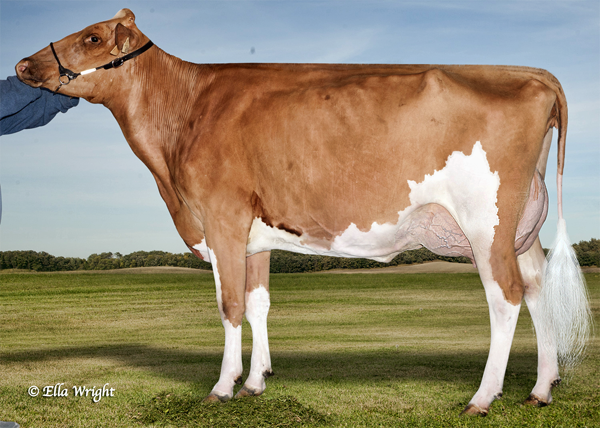
RAINYRIDGE RAMPAGE BARB RED VG-86-3YR-CAN – daughter of Barbara
David Jordan assesses that “It’s no wonder that one of the industry’s most influential cow men, Ernie Kueffner and the type-breeding specialists and marketing guru Tim Abbott at St. Jacobs took such an interest in Barbara. She had it all and hit every market”
Her Impact is What Attracted River Valley Dairy
Jordan goes on to say, “Barbara was a household name and what we refer to as a Cow of Impact™. Our focus at River Valley is on cows that can make a difference and leave an unforgettable impact on the industry. Barbara fit that criteria extremely well with her unique ability to hit the Type, Red, and Genomic crossover categories. It has been astonishing and humbling to witness firsthand the popularity of Barbara – and we feel so privileged for her to have called River Valley home.”
The Story Continues for Talent Barbara
“The day we decided to buy Rainyridge Talent Barbara is a day we’ll never forget.” says David Jordan. He goes on, “But what sticks out more, now, is what the folks at Rainyridge have referred to as ‘Barbara Fever’. The excitement that Barbara created for River Valley was unbelievable. She was a celebrity and we are honored to have been her agent, even for a short time. The story with Barbara didn’t end the way we hoped it would; but, as with any great novel, there is always a twist and the really great stories often have a sequel. It is the new chapters of the book of iconic Barbara we are excited the write.” He is referring to the philosophy of River Valley Dairy. “At the core of our breeding program we believe in working with Cows of Impact™ that will deliver Genetics to Believe In™. To us that means understanding the marketplace and what our customers want and delivering something to them that they will be satisfied with and believe in time and time again. In carrying out this breeding philosophy, we have a cell line started on Barbara and we may make the decision to clone her in the future.”
The River Valley Way
Sometimes out of adversity, we get to learn important lessons from great cattle breeders. David explains, “Our experiences are really in the Jersey market, where the show-winning and genomic index sides of the business are very different. We have worked hard to be multi-dimensional in our approach by understanding and developing both sides of the market as we have crafted River Valley’s brand footprint. We want to buy, breed and develop both show-stopping animals and genetic-powerhouses that will matter to producers around the world. And that is why Barbara made so much sense for our expanding program.”
River Valley was formed in 2006 and Jordan explains how they have been approaching managing their genetics. “In both the show and index sides of our business we want people to know our animals are presented ethically and honestly. Anyone that works with us knows that the cow stands on her own merits. Great cows just need the opportunity to do great things, he notes. “In our breeding program, we tend to use more proven sires or young bulls from deep, successful cow families on the type side. With high-indexing animals we use more young g-code sires; however, on both sides of the business we always try to balance production and beauty in a good way. Not every mating you make will produce a show winner or genomic superstar so we have to be able to make it work milking all of them .”
This is great information that is added to when he looks at crossover cows and matings. “It would be great to have genomic-ranking cows that compete well at major shows however that is often the exception to the rule. However, when it happens, those cows have the ability to bring all sides of the industry together. But on the flip side you have to be very careful that you don’t make something no one wants. There is a really fine line there.”
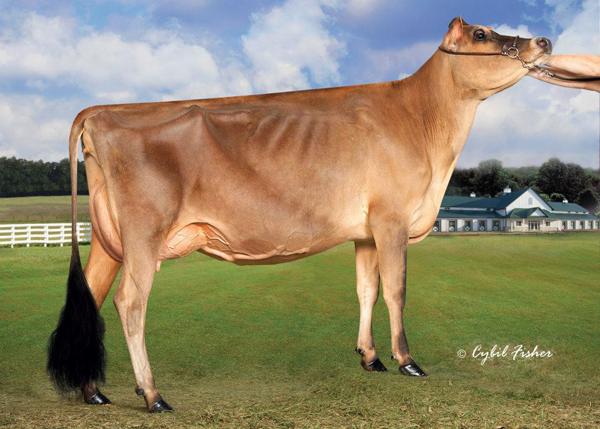
AVONLEA IATOLA VICTORIA VG-89-2YR – owned by River Valley Dairy
First place, Jr. Two-Year-Old and Honorable Mention Intermediate Champion, 2012 International Jersey Show at World Dairy Expo
Great Cow Families. Great Breeder Families. Great Advice.
Great cow families are the foundation to build great cow herds. In this business, it is easily recognized that Rainyridge Talent Barbara came from one of the great cow families.
Rainyridge: “You need patience. It won’t happen on the first cross and you have to use well rounded bulls to achieve a cow capable of achieving as much as Barbara. Talent at that time was not as one sided as the Talent we know today. He was high for production as well as type. It is important to keep both in mind.”
River Valley: “Take your time. Lay out a plan and follow it the best you know how. Be willing to invest – not only dollars, but time and believe in yourself. Recruit the best team that you can and ask others for advice – but always make your own decisions as you are the one that lives with the results in the end. And finally don’t compromise on what you want to achieve – the great thing about the future is you have the opportunity to create it, everyday.”
Undoubtedly with this kind of commitment, planning and vision the legacy of Rainyridge Talent Barbara will live on.





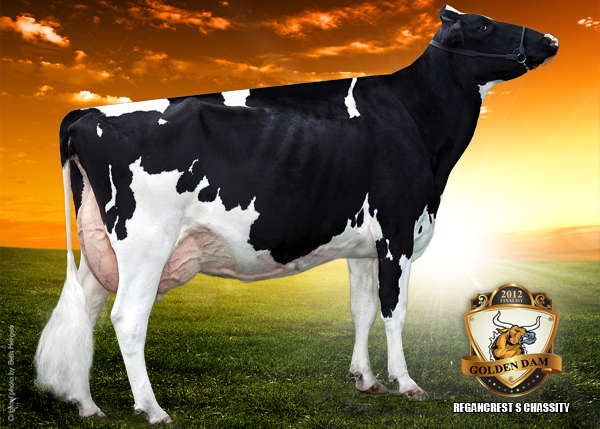
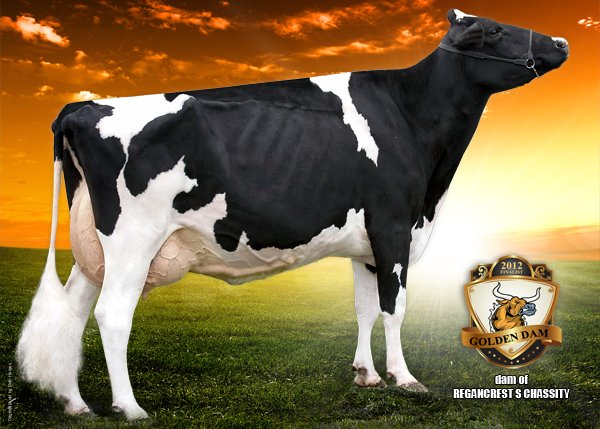
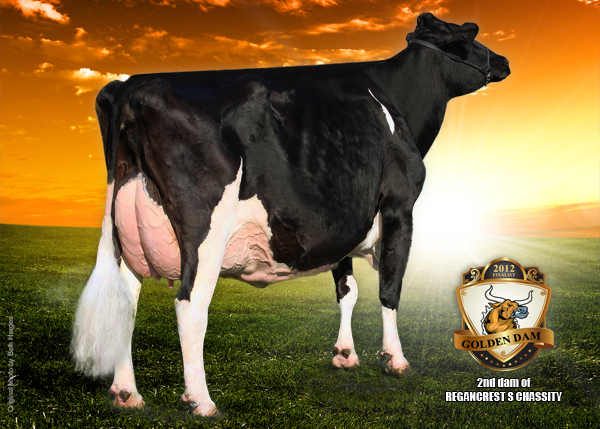
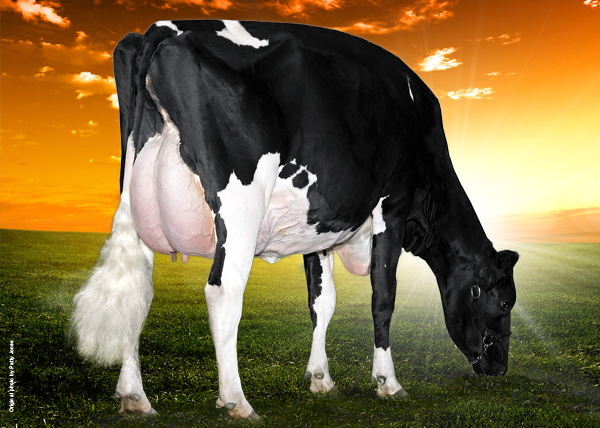
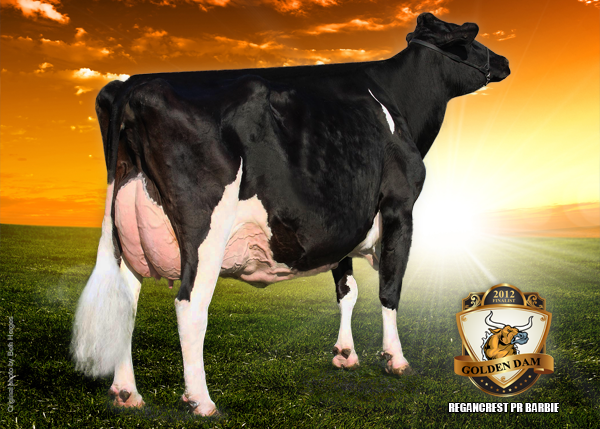
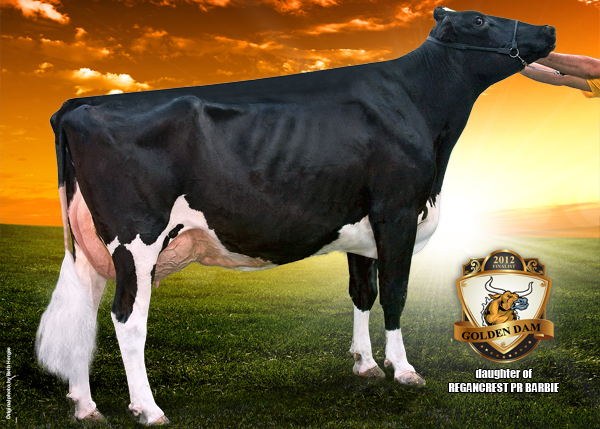
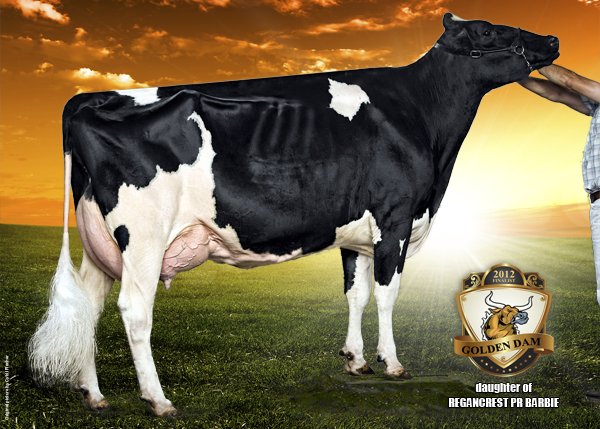
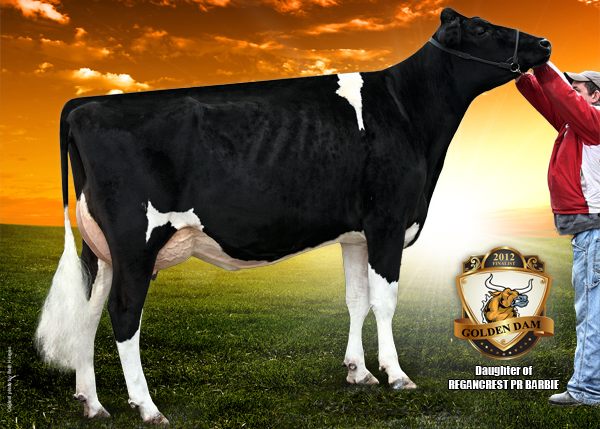
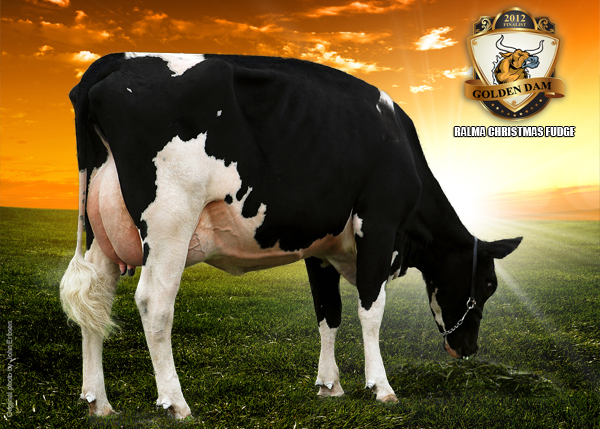
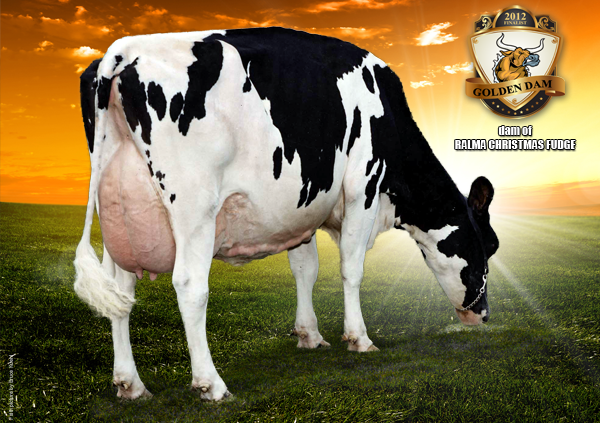
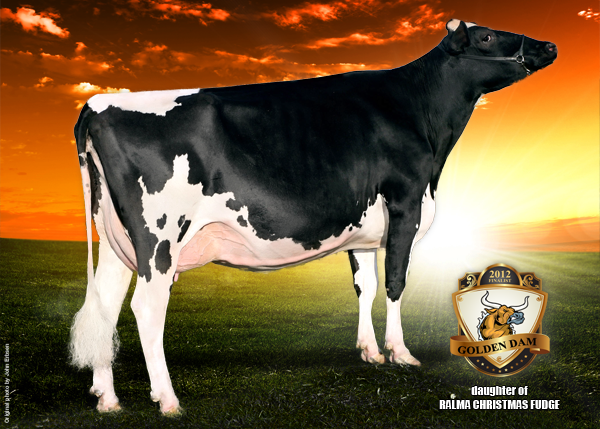
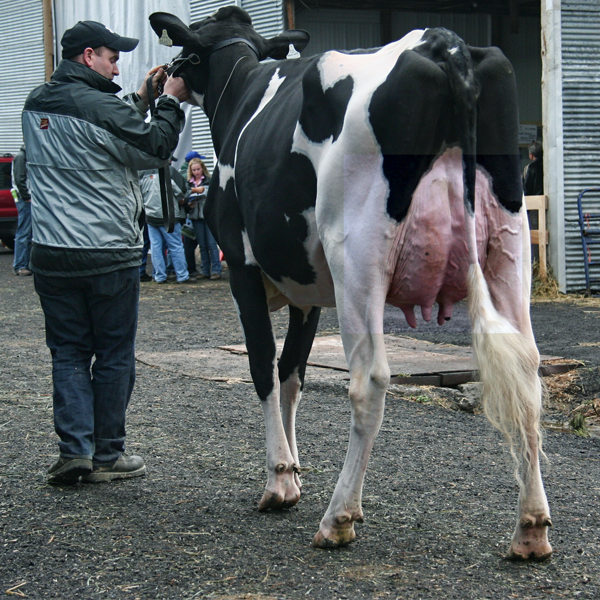
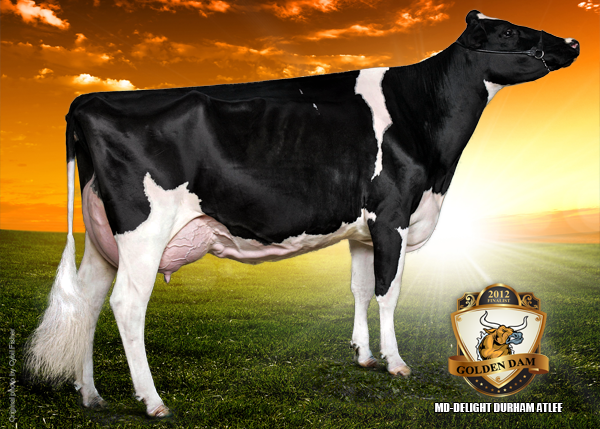
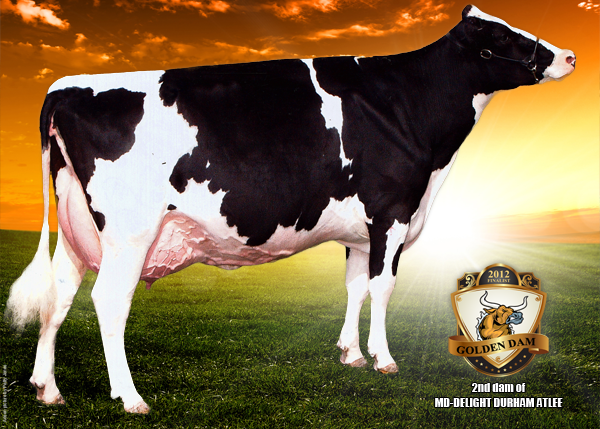

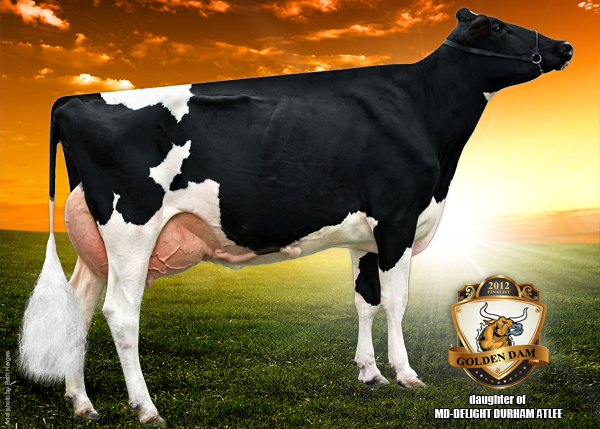
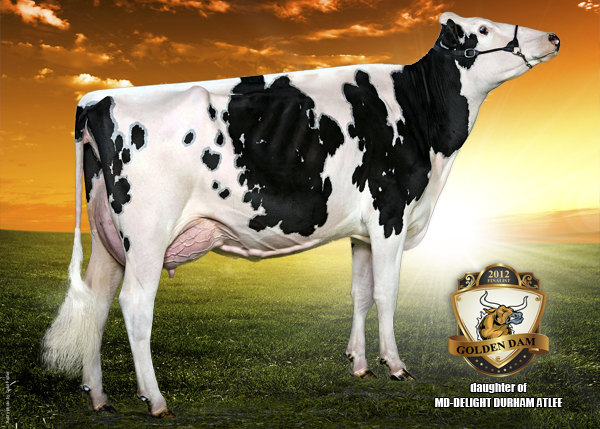
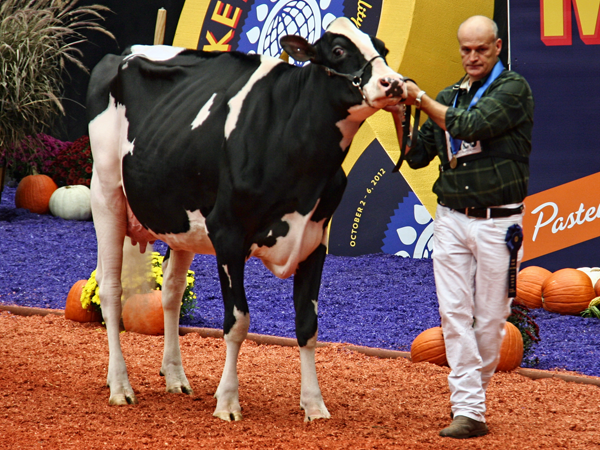

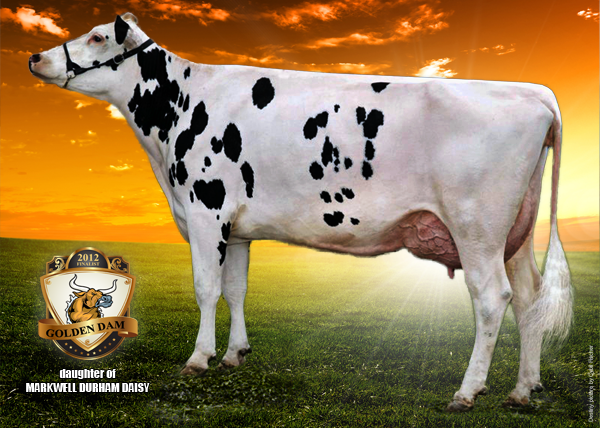
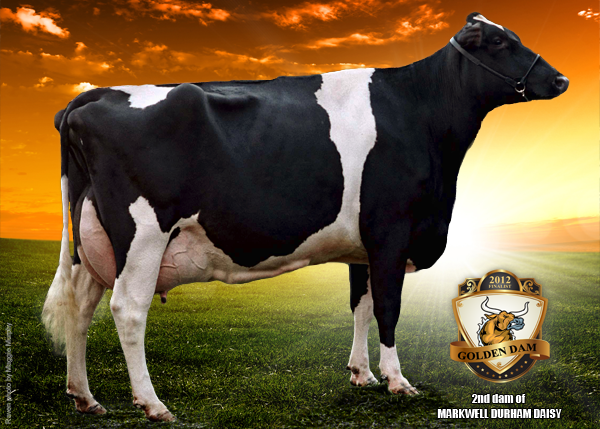
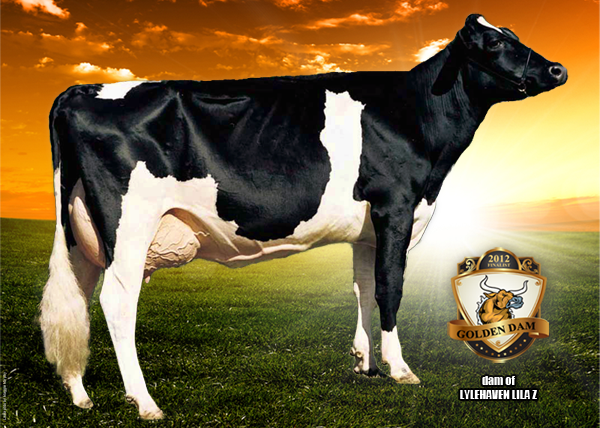
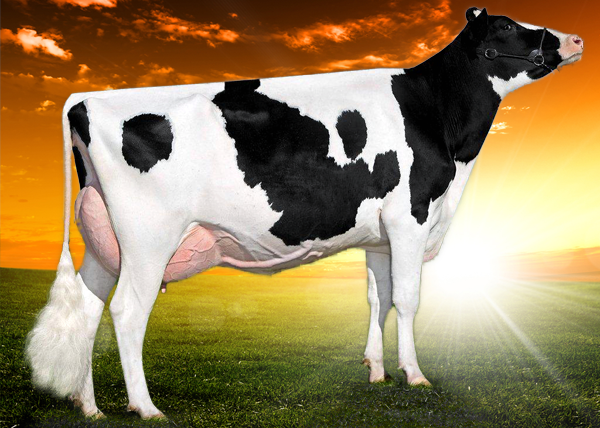
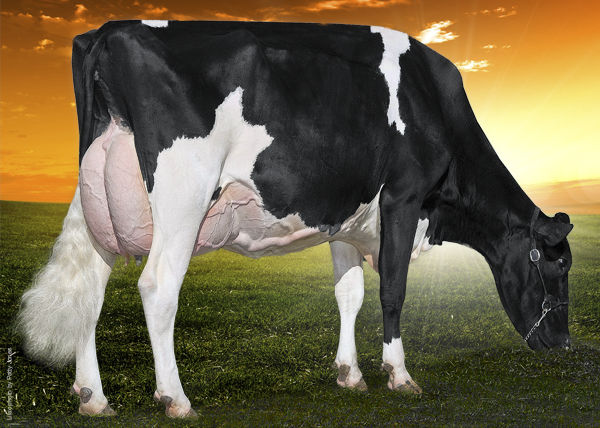
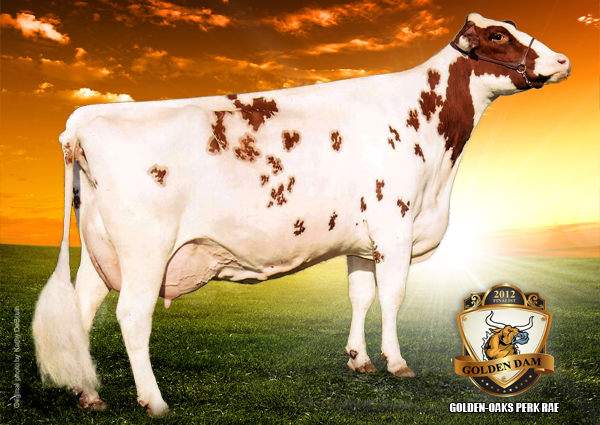
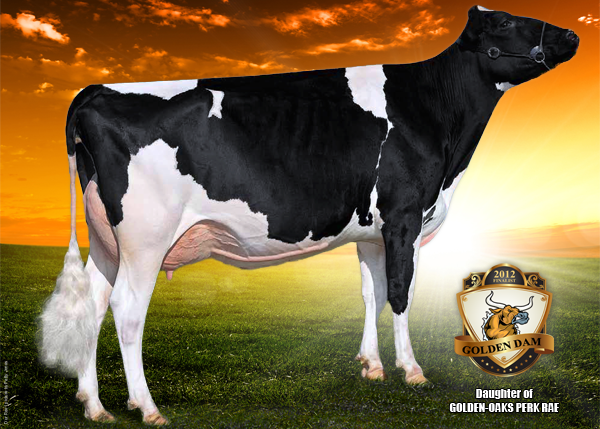

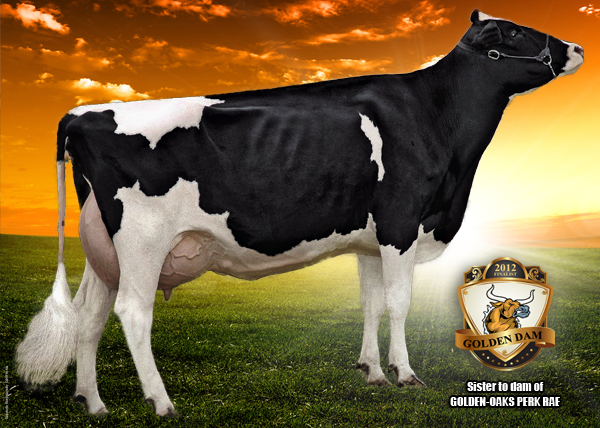
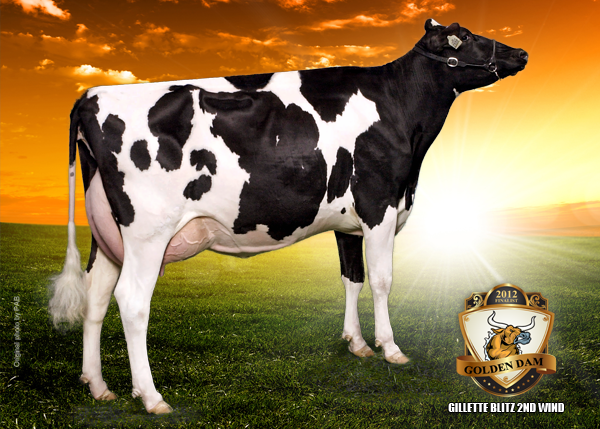
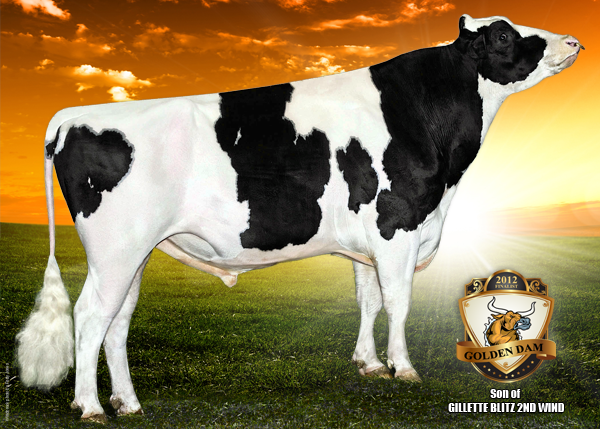
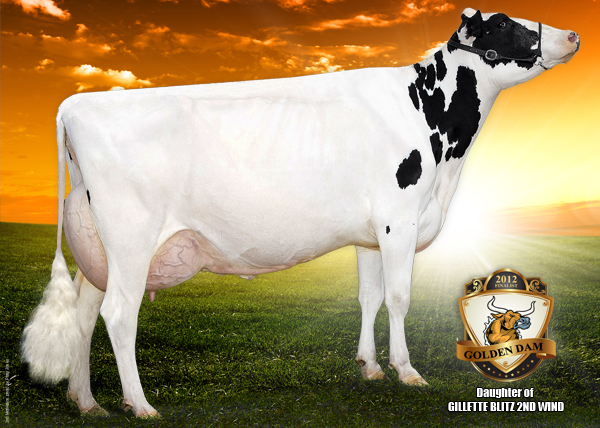
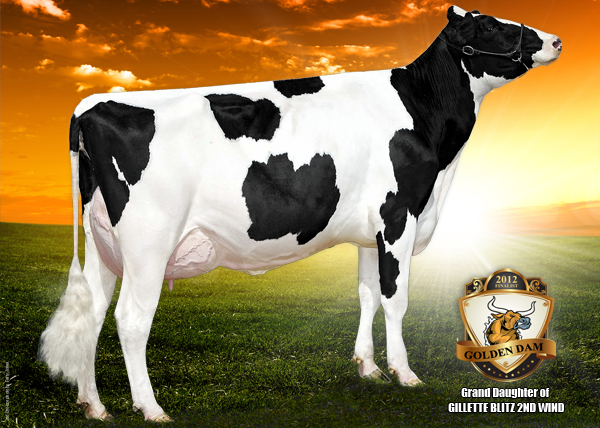
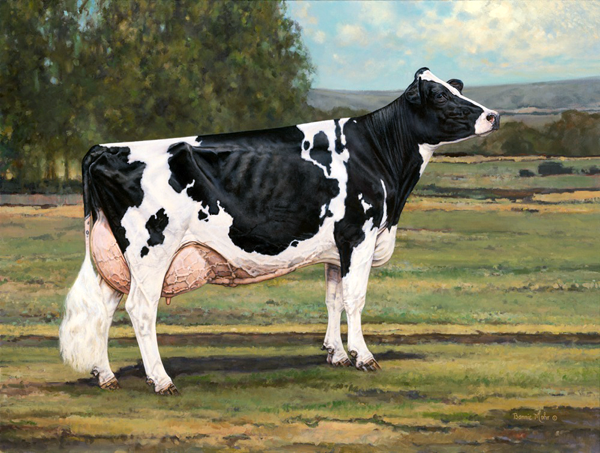
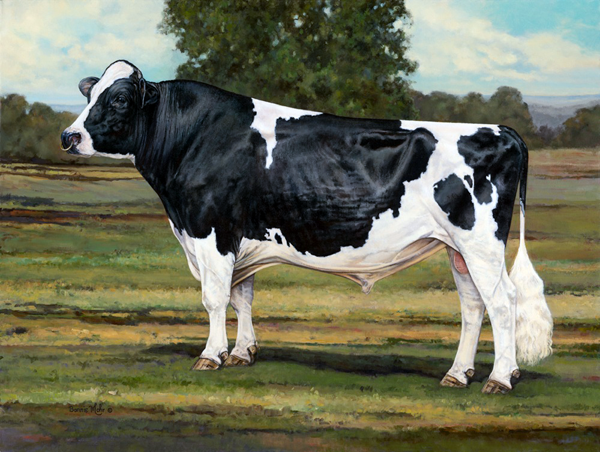
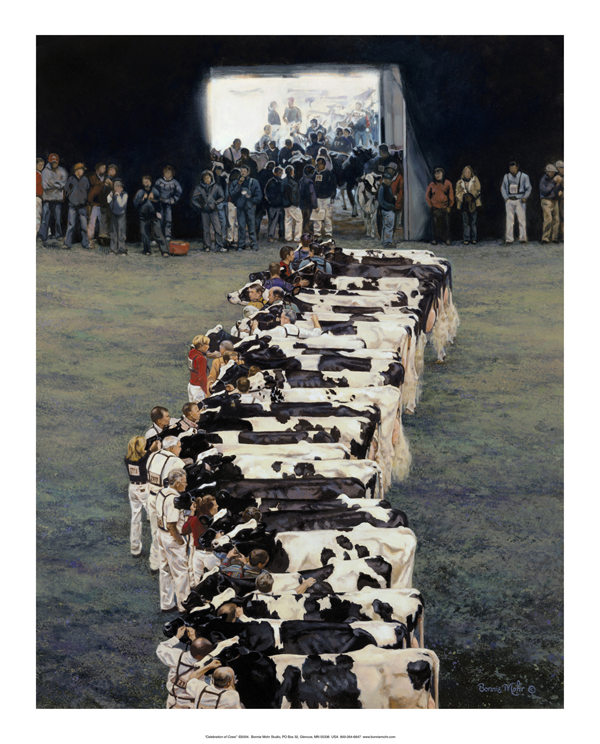
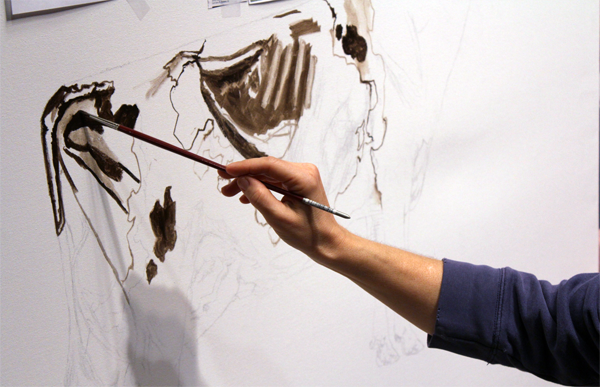
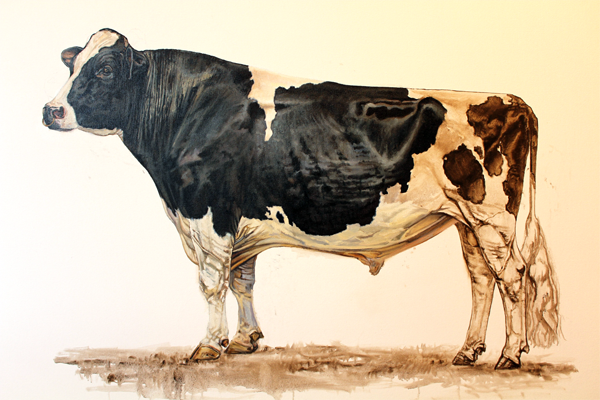
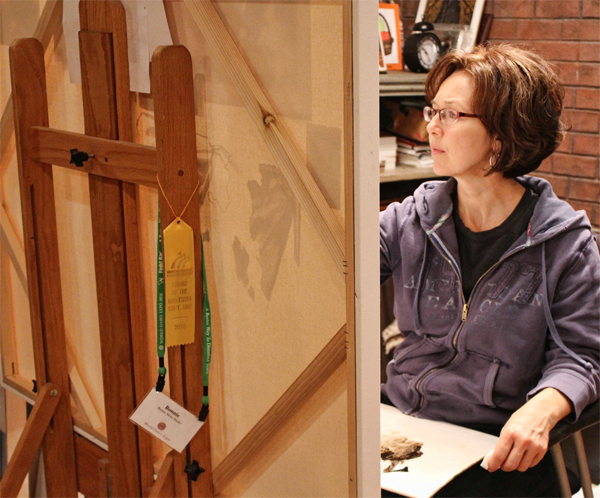

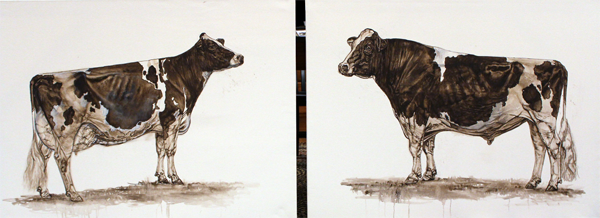
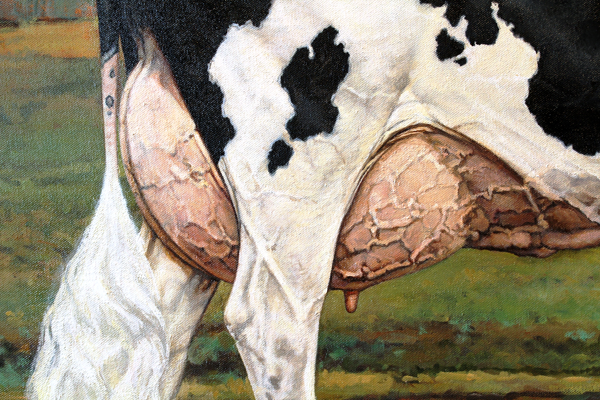

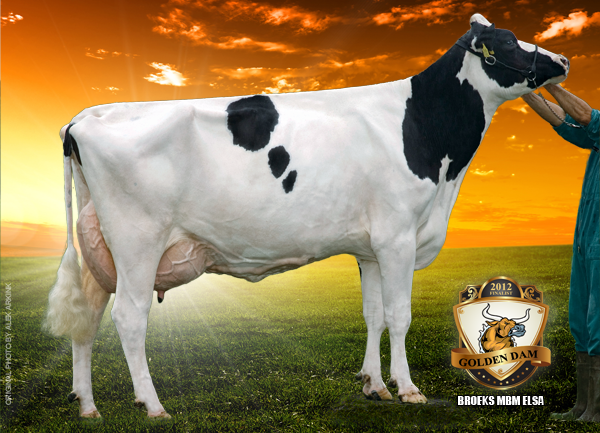
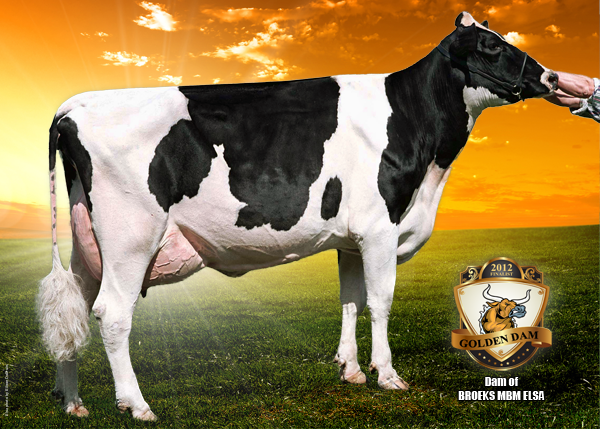
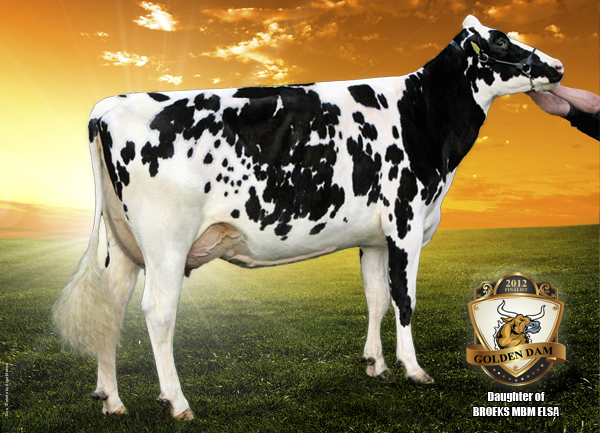
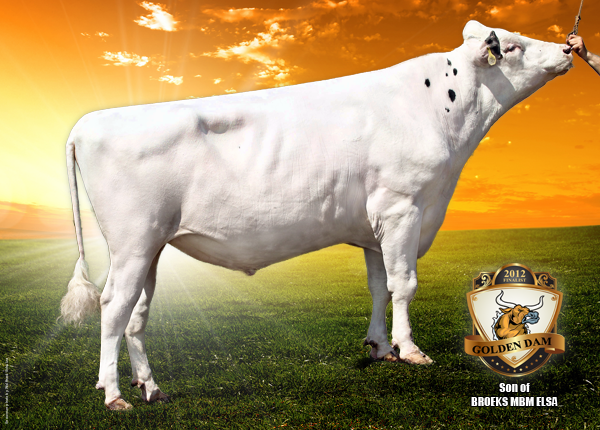
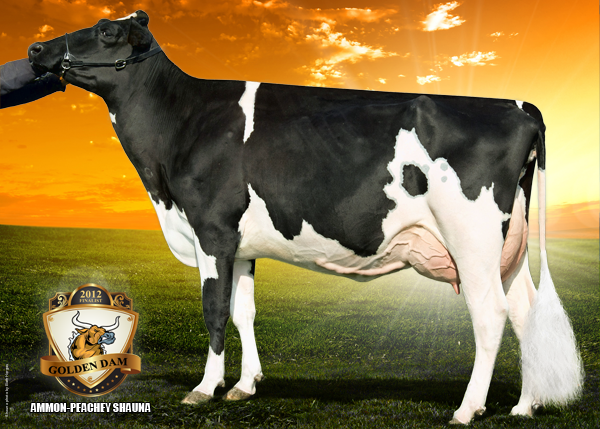
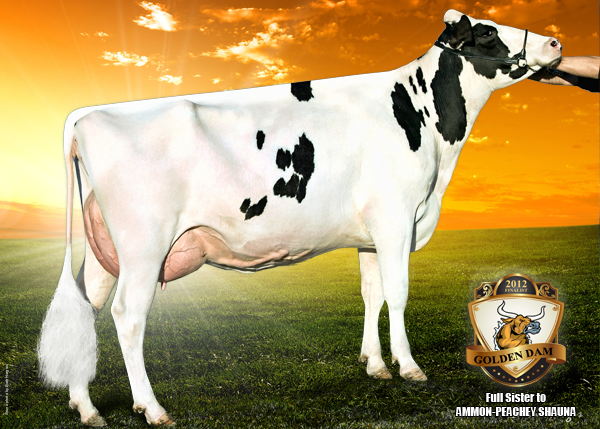
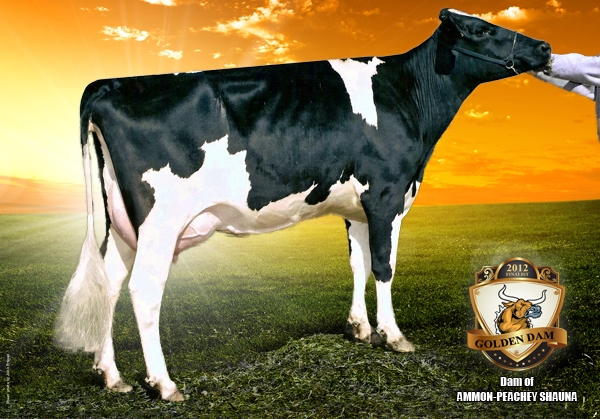
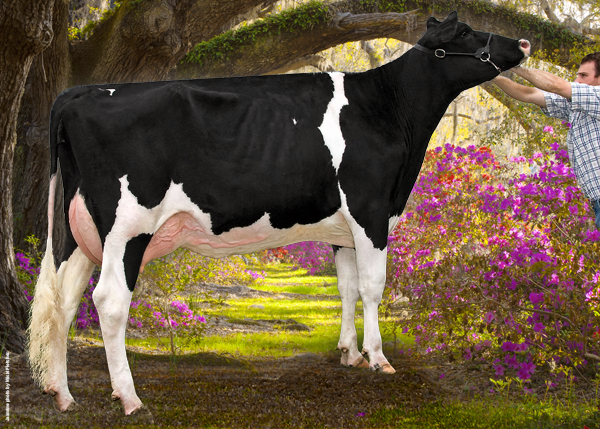
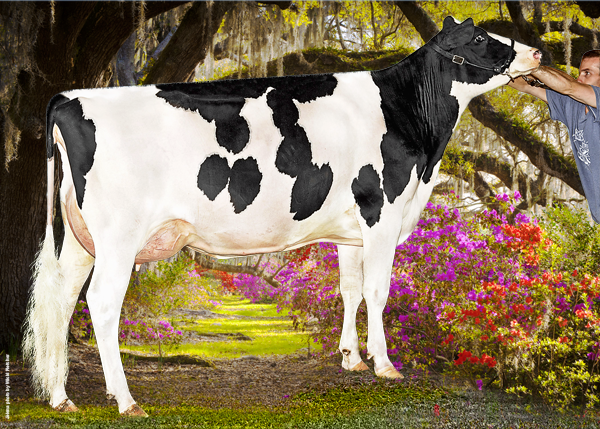
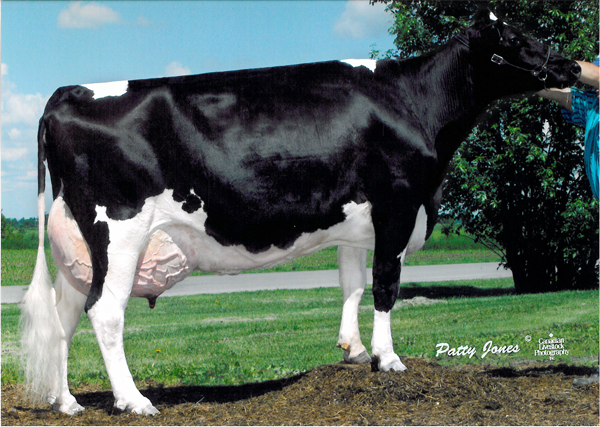
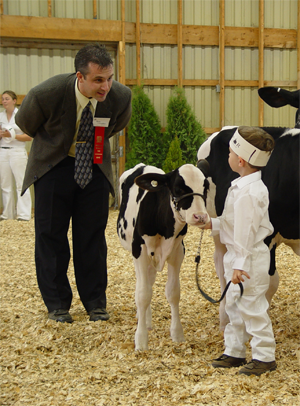 One of the outstanding benefits of living on a dairy farm is that it provides the opportunity to learn how to compete in the dairy ring. Working with dairy animals improves physical fitness, coordination, self-discipline and teamwork, but these beneficial activities can also put participants at risk for injury.
One of the outstanding benefits of living on a dairy farm is that it provides the opportunity to learn how to compete in the dairy ring. Working with dairy animals improves physical fitness, coordination, self-discipline and teamwork, but these beneficial activities can also put participants at risk for injury.